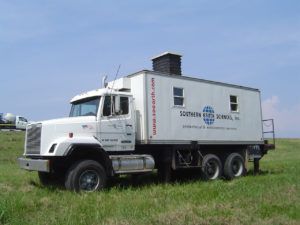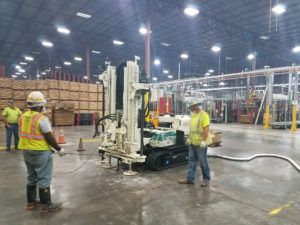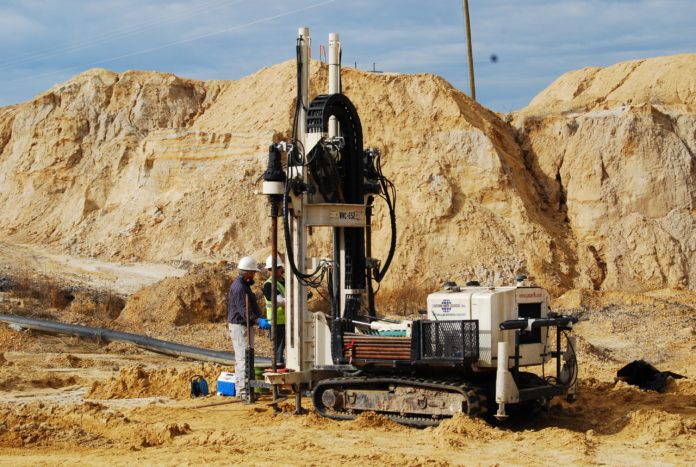Louisiana soils often are soft, and accurately assessing subsurface conditions ahead of construction projects can be challenging. A site is characterized by factors such as geologic variabilities, weak or compressible soil profiles, as well as past performance of critical structures. It is important to thoroughly identify a site’s strength and compressibility characteristics.
Since 1976, Southern Earth Sciences Inc. (SESI) has been providing complete geotechnical consulting and materials testing services to the construction industry and now has eleven offices providing services throughout the southeast.
We checked in with Joe Cobena, P.E., Branch Manager of the firm’s Baton Rouge Operation, to learn more about the advances in site investigation technology.
“In-situ tests like the Cone Penetrometer Test (CPT) can provide rapid, accurate and more reliable results in assessing the engineering properties of soil,” Cobena says. “The Cone Penetrometer Test has become one of the most widely accepted test methods for determining geotechnical soil properties.”
—Joe Cobena
P.E., Branch Manager, Southern Earth Sciences Inc.
Cone Penetrometer Test results are used by geotechnical engineering specialists to develop a continuous profile of a site’s subsurface conditions and assess geotechnical engineering properties such as shear strength, internal friction angle,
relative density and soils behavior type, all of which are correlated from measured cone tip resistance, sleeve friction and pore pressure data.
This information serves as the basis of SESI’s design of foundations and ground improvements.

—Cone Penetrometer Testing can be completed from the ground surface, barge or amphibious vehicle.
—Cone Penetrometer Test rigs vary in size, from small portable rigs to large truck and track mounted rigs.
—A Cone Penetrometer Test rig pushes a steel cone about 32 mm wide into the ground, generally up to 20 meters—or as deep as 80 meters—below the surface or until the cone reaches a very dense layer.
—The steel cone contains electronic strain gauges and pressure transducers for measuring tip resistance, sleeve friction and pore pressure.
—As the cone is pushed into the ground, the soil responds with differing degrees of resistance. This resistance is recorded using strain gauges in the cone tip and sleeve.
—At the same time the sensors are recording resistance at the cone tip, sensors in the friction sleeve are recording sleeve friction.
—SESI cones also have a pore water transducer, which records water pressure in the soil. These readings can be used to determine ground water responses and to adjust soil strength parameters as the cone is pushed through the soils.
—A Cone Penetrometer Test typically takes between 30 minutes and three hours. As the cone is hydraulically advanced into the ground, measurements are continuously sent back to the rig and recorded digitally by computer.

Experts on providing innovative solutions to unusual foundation problems, SESI has now expanded into virtually every aspect of geotechnical engineering, construction materials testing and environmental consulting. For more information, connect with them at soearth.com or (225) 751-1727.





